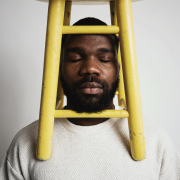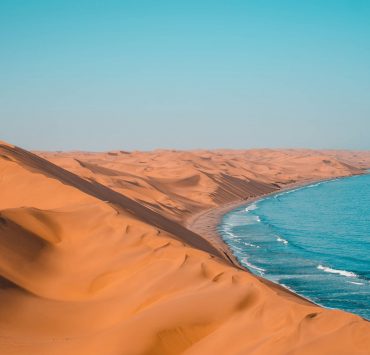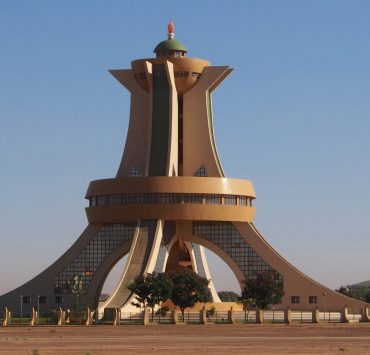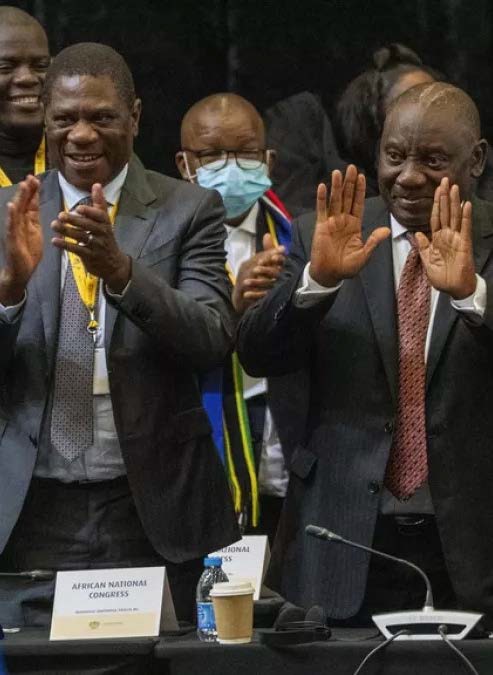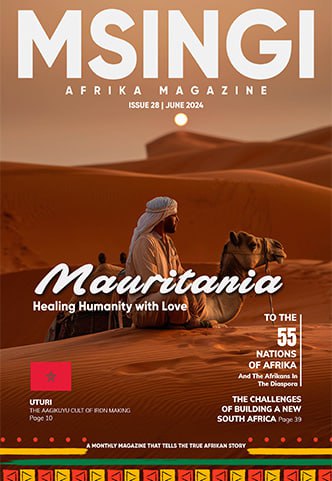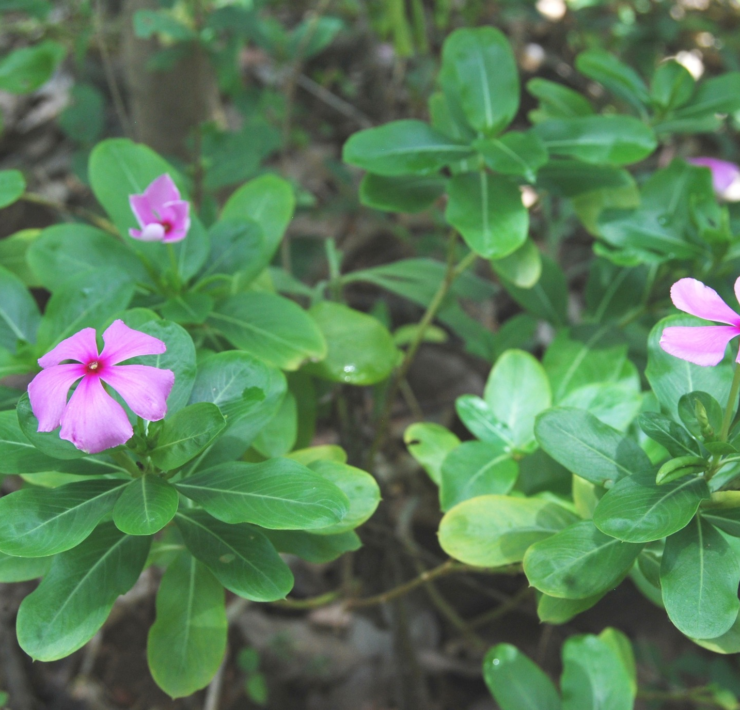ENERGY FOR AFRICA
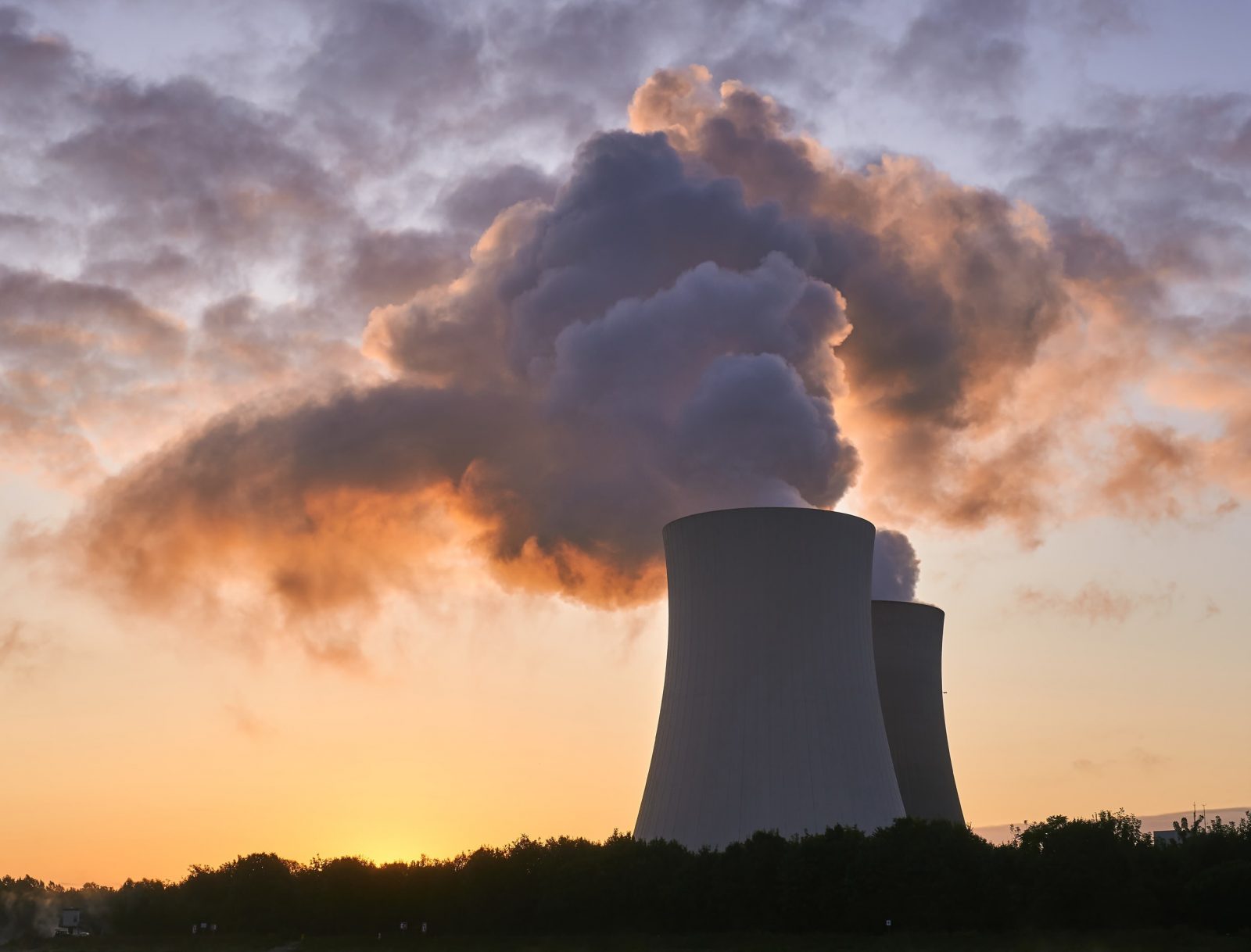
PD Lawton is a South African writer and researcher, committed…
THE POWER TO INDUSTRIALIZE AND REACH ZERO POVERTY
Prof. Benjamin Jabez Botwe Nyarko, Director General of the Ghana Atomic Energy Commission (GAEC), recently made the point that nuclear energy is the best way of achieving reduction of poverty in Africa. He said that nuclear technology will enable countries to realize more than 9 of the 17 Sustainable Development Goals.He said that nuclear, through its multifaceted applications, is key to not just energy production but also health, food production, water sanitation and environmental protection.
Prof.Nyarko stressed that nuclear technology should not be feared. He said according to the article entitled ‘Nuclear Applications Key To SDGs Realisation’:
https://ghana-mma.com/2021/05/07/nuclear-applications-key-to-sdgs-realisation/
“…that energy is the bedrock of every living organism and that the greatest source of energy is from the sun. “The sun produces energy through fusion and the fundamental energy God created is from nuclear reaction, so I don’t think anybody should be afraid of nuclear.”
The Professor also stated that productive employment and economic growth ( which is the Sustainable Development Goal 8), is interdependent with industry, innovation and infrastructure (Sustainable Development Goal 9). You cannot achieve one without the other.
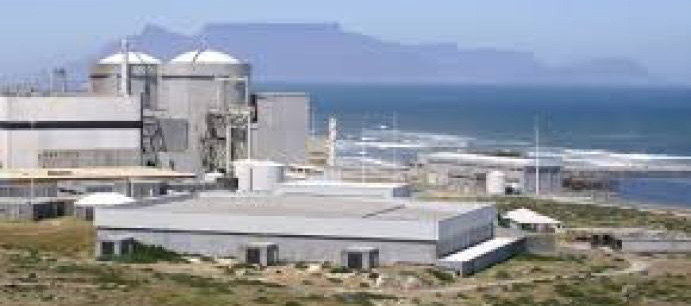
was designed by the French, built by South Africans in the 1980s. It has its own
water de-salination plants and is designed to be earthquake proof.
NUCLEAR AFRICA
At the historic FOCAC meeting in 2018, China committed to assisting African countries in industrializing their economies with the Belt and Road Initiative. At the same time Russia showed its willingness to power African industrialization through the expansion of nuclear energy.
According to the IAEA ( International Atomic Energy Agency) 12 countries, nearly one third of the African states, have approached them recently to request feasability studies, namely, Ghana, Egypt, Morocco, Kenya, Niger, Nigeria, Sudan, Algeria, Tunisia, Uganda, Zambia and Rwanda.
The World Nuclear Association report that in addition to those 12 countries Libya, Senegal, Tanzania, Namibia and Ethiopia have expressed interest in starting nuclear power programmes.
Hydropower has its drawbacks. It is dependant on rainfall and potentially effected by earthquakes.Transmission distance is a problem in that the dams are usually situated far from cities.Electric current loses its power over distance. Hydro power cannot be a reliable producer of a national base load.The biggest drawback of hydropower is that it is not the most efficient current form of technology.In terms of energy- flux density it is inferior to nuclear power.For African nations, nuclear power means energy sovereignty and the cheapest route to elliminating poverty with fully industrialized economies.
South Africa is currently the only nuclear country in Africa but this is about to change as it is recognized that nuclear energy is the cheapest and most reliable source of power.The urgent need for nuclear technology to be adopted or, as in the case of South Africa, expanded upon, is discussed in THIS article by David Cherry and Phillip Tsokolibane, titled: `South Africa : Nuclear Power or Bust`.
GHANA
Nii Allotey, former Director, Nuclear Power Institute, Ghana Atomic Energy Commission, said :
“Energy is the backbone of any strong development. And where do we get energy from? We have hydro, thermal, fossil fuels, and we have local gas—but these are dwindling. They are limited; fossil fuels could run out by 2030. And, the prices are volatile.”
National electrification, with each household having access to electricity, was a priority for Ghana`s first visionary president, Kwame Nkrumah, who started the Kwabenya Nuclear Reactor Project in 1961 which remained unsupported. Nkrumah also initiated the Volta Dam project for hydropower. Ghana has a much higher than average rate of electification which was 85% in 2019. Sub-Saharan Africa has the lowest rate with 57% of the population without access to electricity.
The administration of President Akufo-Addo has put nuclear back on the agenda.In 2015 the Ghana Atomic Energy Commission (GAEC) called on the International Atomic Energy Agency (IAEA) to conduct Phase 1 of a feasability study. This phase has been passed and Ghana is now on Phase 2.
Ghana has operated a 30kW nuclear research reactor for more than two decades.
There are 12 research reactors in Africa, situated in Algeria, Egypt, Libya, DRC, Morocco, Nigeria and South Africa. South Africa, with its emminent role in the world`s nuclear arena, plays a critical part in research and technology world-wide.
Nuclear power as a necessity for Ghana`s industrialization is discussed in an article by Lawrence Freeman titled ` Nuclear Energy in Africa – Lessons from Ghana`.
KENYA
Despite having been advised otherwise by the foremost European promoter of renewable energy, Germany, Kenya is to go ahead with construction of its first nuclear energy reactor in Tana River which will be operational by 2027. It is set to achieve capacity of 4,000 MW by 2035.
The plant will be built near the coast on Kenya`s longest river, Tana River.It will be financed under a BOT ( build, operate and transfer) system.
Kenyan economists are planning for the future needs of electricity supply and demand. President Uhuru Kenyatta implemented the Big Four Action Plan in 2017. Instead of Kenya being famous for `the Big 5` , Kenya is set to change the country from a tourism and agriculture related economy to an industrialized economy capable of elliminating poverty.
“You, the Kenyan people, spoke clearly. We want dignity; we want to put enough food on our tables, and we want a lower cost of living. I listened.I came up with four responses to your concerns. I call them the Big Four: food security, affordable housing, manufacturing, and affordable healthcare for all.I am dedicating the energy, time and resources of my Administration to the Big Four. The Big Four will create jobs, which will enable our people to meet their basic needs.” – President Kenyatta
The 5 Year Plan aims to fast track the ellimination of poverty, according to Agenda 2030.The 4 Key pillars are manufacturing, affordable housing, universal healthcare and food security. Manufacturing is to go up to 15% of GDP and create 1 million new jobs, half a million affordable homes, 100% healthcare and 100% food security which will increase farmers` daily income by 34% and will reduce the cost of food by 47%, as a percentage of income.
The Plan promises to start 1000 new agro-processing small and medium size enterprises and thereby create over half a million new jobs. Agriculture is set to contribute 48% to GDP. Malnutrition in children under 5 is to reach the target of being reduced by 27%. The Plan further promises to subsidize by 100% all essential healthcare and reduce out of pocket medical expenses by 54% by percentage of household expenditure.
Kenya’s energy mix currently consists of geothermal (45 %), hydropower (28 %), wind (13 %) and diesel-run generators (11 %)
The Tana River Nuclear Plant will be financed and constructed by China, Russia, South Korea and Slovakia.
EDGAR LUNGU`S ZAMBIA TO POWER THE FUTURE
Zambia under the presidency of Edgar Lungu is rapidly constructing infrastructure and transforming the physical economy.
Head of Zambia`s Atomic Agency (ZAMATOMA), Dr Roland Msiska, says:
“Nuclear is the technology of Zambia’s future”…”One nice thing about nuclear programme, because of the length in which you have to plan, about 200 years, you’ll have to think inter-generationally because that’s four generations. That’s 20 presidents, if you are talking about each president [serving for] 10 years. You have to plan inter-generationally and implement inter-generationally.”
In April 2019, Dr Msiska led a delegation of officials and journalists to the annual ATOMEXPO which is held in Sochi, Russia, and run by ROSATOM. The journalists were tasked with learning about nuclear technology, including its multiple uses, medical and agricultural, apart from energy production. The journalist have since tackled the many misconceptions held by the public on nuclear technology.
Zambia wanted nuclear energy back in 1969 but it wasn`t until 1980 that the IAEA allowed the first reseach laboratory.In 2006, the IAEA facilitated with the creation of the Cancer Diseases Hospital and Nuclear Medicine Centre.
Under the presidency of Edgar Lungu steps were taken to fast track a nuclear power program. In 2015-16 Zambia lost power capacity and the economy dropped by 40%.This was a result of prolonged regional drought which made hydropower ineffective.
As key to initiating the nuclear program, government started the Centre for Nuclear Science and Technology which is a vehicle for training personnel who will operate the plant and will advance Zambia in science and technology.
The design, feasibility study and approvals for the project have been concluded but as of March 2020, finances are still being arranged between Zambia and Russia.
There are 2 phases of construction, the first being the construction of a Center for Nuclear Science and Technology and the second phase will be construction of a nuclear power plant of 2,400 megawatts capacity.
UGANDA
In September 2019, Russia signed an agreement with Uganda for the development of nuclear power and related technology ( medical, agricultural and industrial applications).
Uganda has large uranium deposits but mining feasability studies have not been undertaken as yet. Uganda’s second National Development Plan and Vision 2040 includes plans to use uranium for nuclear power stations by 2050.
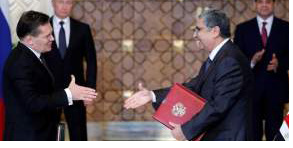
company ROSATOM. Image credit: ROSATOM
NIGERIA
In 2017 Nigeria and Russia signed agreements on the construction and operation of a nuclear power plant and a nuclear research centre. The research centre includes a research reactor. The agreement was signed by Anton Moskin, Vice President of Rosatom and Simon Pesco Mallam, chairman of the Nigeria Atomic Energy Commission (NAEC).
Nigeria has been operating its first research reactor , a Chinese Miniature Neutron Source Reactor similar to units operating in China, Ghana, Iran and Syria, at Ahmadu Bello University, since 2004.
Geregu in Kogi State and Itu in Akwa Ibom State are being considered as the sites for the first nuclear power facilities. These will produce 4000MW of reliable base load. It is hoped that the facilities will be completed by 2025.
EGYPT
El Dabaa nuclear power plant will be Egypt’s first nuclear power facility. Construction will start in 2021 and it will be operational by 2026. It is situated 300km from Cairo on the Mediterranean where desalination plants will provide water for cooling. Russia is financing the project with the Egyptian government. Rosatom will design and construct the facility. The agreement between Russia and Egypt was signed in 2015.
Rosatom is implementing cutting technology third generation VVER-1200 reactors. El Dabaa nuclear power plant will have four of these reactors which will have capacity of 4,800MW (4.8GW). It will meet 50% of Egypt`s electricity needs. 100% of Egyptian households have electricity.
World Energy Council member, Maher Aziz, said that :
“With the completion of the Dabaa nuclear power plant, Cairo can stand on the edge of technological progress enjoyed by the developed world”.
Nuclear powered Egypt is the realization of a dream of its founding father, Abdel Gamal Nasser who initiated efforts back in 1954.
Egypt`s transformation under the presidency of Abdel Fattah el-Sisi, beginning with the construction of the New Suez Canal in 2014, is covered in this highly comprehensive case study of Egypt titled `The African Infrastructure Renaissance Along the Belt & Road—A Case Study` by Hussein Askary:
Nuclear power in Africa means so much more than creating energy. It means more than powering every household 24 hours a day, powering heavy manufacturing industry, the creation of thousands of highly skilled jobs, a financial asset as energy can be exported and sold; nuclear for Africa means putting African economies on an equal footing with the developed world and qualitative changes which will allow the eradication of poverty.
What's Your Reaction?
PD Lawton is a South African writer and researcher, committed to the restoration of Africa to its rightful place in the world.








